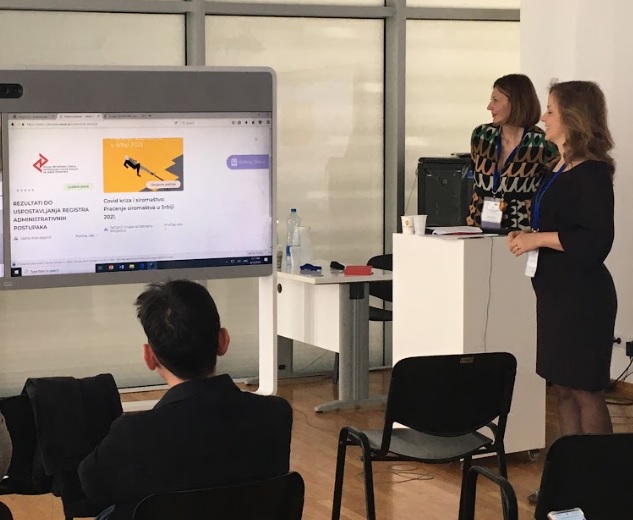
The Policy-Club website presented at the conference in Novi Sad
The new Policy-Club website, developed by the SeConS Development Initiative Group within the PPMA project, was presented to the public at the International Conference “Science Meets

The new Policy-Club website, developed by the SeConS Development Initiative Group within the PPMA project, was presented to the public at the International Conference “Science Meets
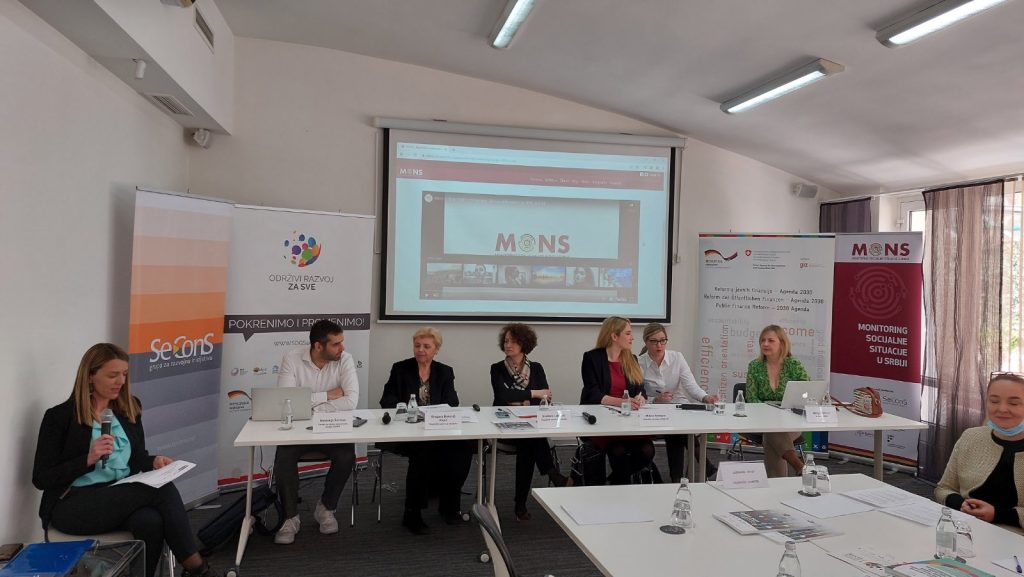
The Progress Report on the Implementation of Sustainable Development Goals for 2021, developed by the Statistical Office of the Republic of Serbia, was presented at
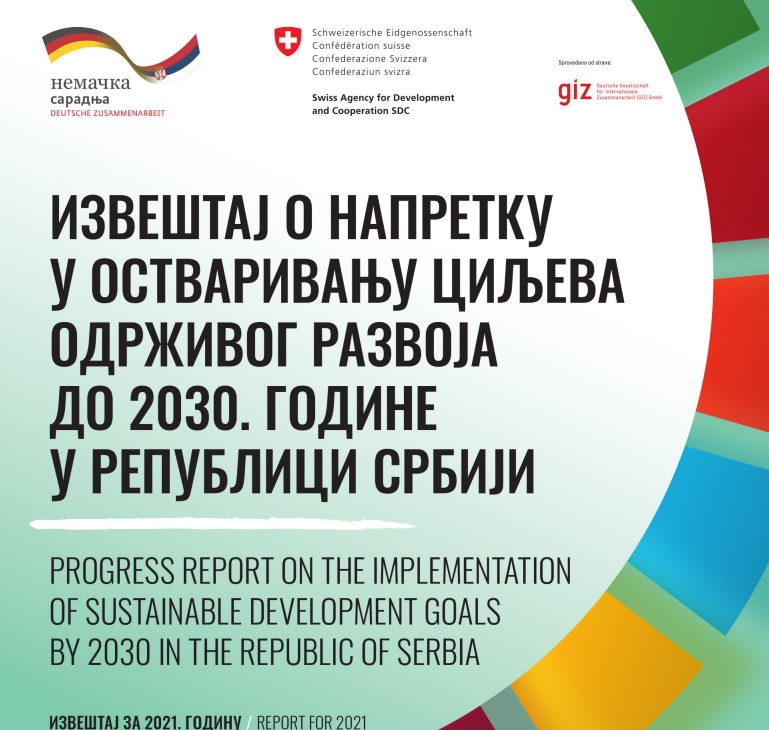
With the support of the governments of Switzerland and Germany, the Statistical Office of the Republic of Serbia published the second Progress Report on the
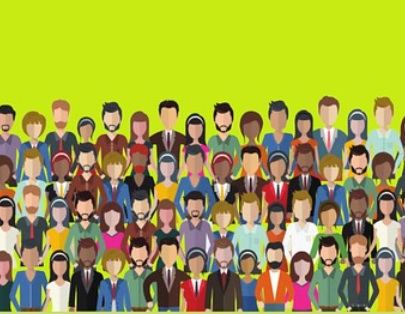
Preservation of the planet, economic progress and social justice: we asked the citizens whether it is enough to make progress in only one of these
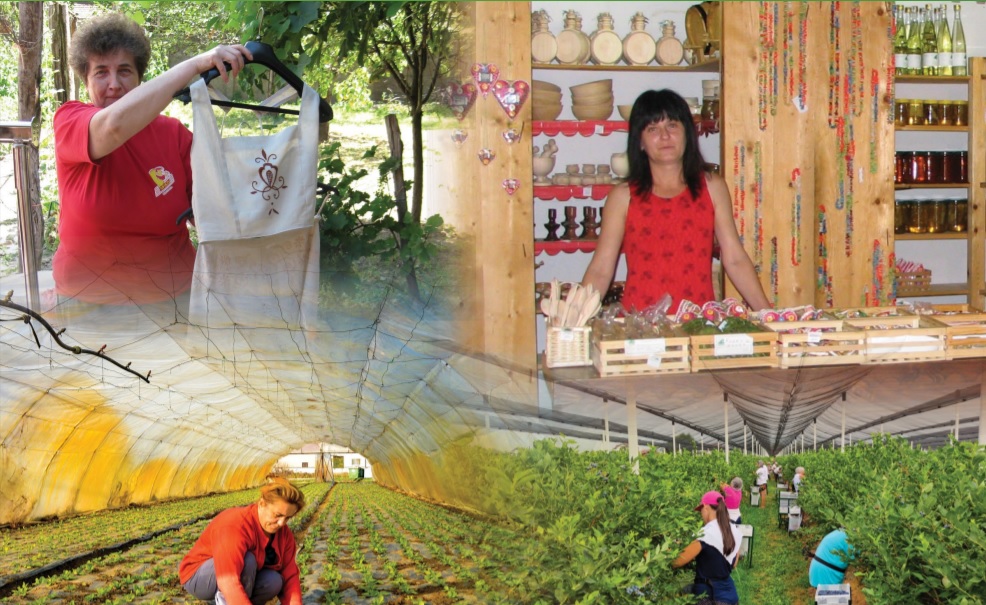
“National gender profile of agriculture and rural livelihoods – Serbia” is the title of the analysis dealing with gender equality assessment in Serbia. This Country Gender Assessment is aligned with FAO’s strategic commitment to closing the gender gap in agriculture, thereby generating significant gains for the agricultural sector and helping to reduce hunger, malnutrition and poverty. The key objective is to produce a comprehensive analysis of gender equality in the agricultural sector and rural development processes, identifying gender inequalities and their underlying causes and consequences, and offering recommendations for gender-responsive policies to enable the transformation of gender relations and structures in the agricultural sector and rural development processes.

The Social Inclusion and Poverty Reduction Unit of the Government of the Republic of Serbia (SIPRU) has presented the second online Social Inclusion Course, developed with the expert support of SeConS Development Initiative Group. The online Social Inclusion Course was designed under the project “Support for the Improvement of Social Inclusion in the Republic of Serbia”, implemented by the Social Inclusion and Poverty Reduction Unit of the Government of the Republic of Serbia with support from the Government of Switzerland.
“This online course was developed with the intent to provide all interested parties with the opportunity to solidify existing and acquire new knowledge in this field, better understand important concepts, and open some key issues regarding this important topic for our society”, said Dragana Jovanović Arijas, Manager of the Social Inclusion and Poverty Reduction Unit of the Government of the Republic of Serbia. She noted that this course should allow us to see the interdependence of social inclusion and poverty reduction and other relevant areas for improving the status of citizens, particularly those from vulnerable groups.

The Almanack “Young people in Serbia and security risks” has been published, based on the data gathered as part of the project “Establishing information system for peer violence prevention – Phase 3”. Funded by the Ministry of Youth and Sports of the Republic of Serbia, the project is implemented by the Association of Citizens “Centre for Support to Women”.

“Progress in achieving sustainable development goals (SDGs) by 2030 in Serbia” is the topic of the 15th professional platform MONS – Monitoring social situation in Serbia. In this issue, the experts will explain the sustainable development goals, their significance for the countries and the entire global population, how does, if at all, Serbia fit in the planned goals it committed to, and how are other countries doing.

The Social Inclusion and Poverty Reduction Unit of the Government of the Republic of Serbia, with the expert support of SeConS Development Initiative Group, has prepared the second online Social Inclusion Course, intended for the representatives of state institutions at the national and local level, civil society organizations, the private sector, the academic community, students, and all interested citizens.
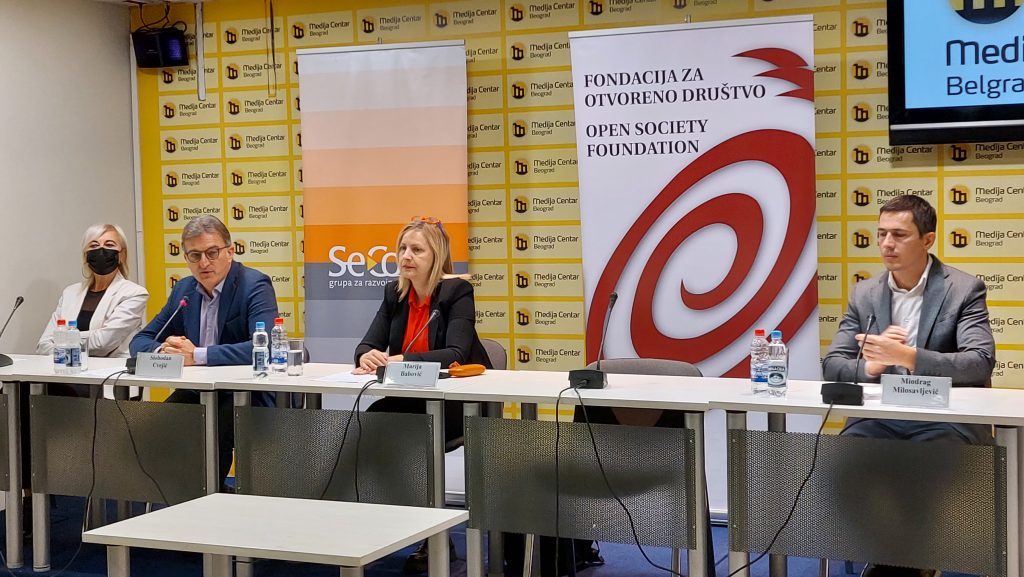
According to the latest data from the Statistical Office of Serbia, the at-risk-of-poverty rate in Serbia in 2020 was 21.7%, which is 1.5 percentage points lower than in 2019. Serbia remained in the group of the poorest countries in Europe, along with other Balkan countries. In 2020, the ones most exposed to the risk of poverty were children (under 18 years old) and the unemployed.The Rreport “COVID crisis and poverty: Monitoring poverty in Serbia 2021” showed that income support measures implemented since the outbreak of the pandemic* were inadequate to have an impact on the financial situation of social groups that were most at risk of poverty and that needed help most. Prepared by the SeConS Development Initiative Group with the support of the Open Society Foundation and in accordance with the methodology developed by the European Anti-Poverty Network for advocacy at the national and European levels, this report also showed that the informally employed and the Roma were among the most vulnerable.